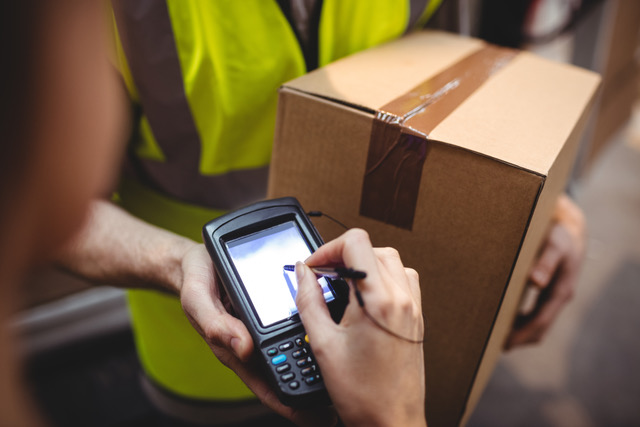Smart technology in warehousing and logistics
31st March 2022

The smart technology boom has affected all industries, from tech giants to small business owners. Software has changed the game in terms of accessibility to smart technology. It doesn’t have to be expensive, but does have to be impactful. In logistics and warehousing, businesses have excelled in implementing smart technology. Use of AI (Artificial Intelligence), ML (Machine Learning), automation, blockchain tracking, and IoT (Internet of Things) have changed the way these businesses run. But Danny Hudson, Director of Retail & Consumer Packaged Goods (CPG) at Intelligent Delivery Management Platform FarEye, asks how have these things actually changed how we work?
AI, Automation and Loop Optimisation
Although in theory it seems obvious to take the most efficient route, planning route optimisation and getting it right has proved time-consuming and often fraught with errors. While AI and automation are two different things, in logistics they go hand in hand. An example of this could be a machine in a warehouse which transports packages. Automation also applies heavily to loop optimisation, which focuses on route optimisation.
Automation has allowed us, here at FarEye, to reduce use of our resources by changing our routes from what we called a snake format to a cluster format . Essentially this means that we’ve moved our deliveries to tighter, clustered areas, rather than working in a long line. This benefits our clients by reducing time, fuel, environmental impact and risks.
In terms of how we work, automation allowed us to find solutions for things like driver shortages, or limitations within the fleet. This ensures maximum efficiency and profitability per delivery. It increases visibility, and is fully scalable depending on a client’s needs . Integrating just small amounts of automation through loop optimisation has majorly impacted how we work in the industry.
Blockchain Tracking and Parcels
Although automatic package scanning is now commonplace, some warehouses still do this by hand. While not all things can be scanned by machine, or automatically, a large number of things can be, even big and bulky parcels.
The introduction of blockchain tracking has been revolutionary in terms of limiting administration and errors. All items are given a code, which is registered as they move through every stage of the delivery process. This code is stored as a blockchain, which means it’s fully trackable all the way back to production. This allows for full visibility throughout the delivery process, and all stakeholders can access this information. It also means that clients receive real-time updates on parcels, mitigating the likelihood or errors and misinformation.
Internally, it allows for more efficiency as it reduces administrative time and it means that parcels can be recalled and traced back to their origin when needed. Essentially, blockchain item-tracking has allowed us to work smarter, not harder.
IoT and Administration
IoT (Internet of things) refers to a network of physical objects which have technology such as software and sensors allowing them to connect to other devices or systems over the internet. This normally will refer to the exchange of data between objects and these systems. This is largely important for inventory tracking and can be critical when it comes to organising processes in warehouses and to providing access to data.
IoT technologies limit errors and overall costs. They’re also generally quite straightforward to implement, as most businesses will already have the systems they rely on in place (such as WiFi or Bluetooth). Blockchain item tracking can also fall into this category, however IoT encompasses many other things such as inventory tracking or precise location monitoring.
Having a full system in place, with items that connect and interact with one another, allows businesses to automate manual tasks and access any data they need online.
A combination of just a few pieces of smart technology can greatly improve productivity, resource usage and error. AI, automation, blockchain item tracking and the IoT have proved game-changing for a large number of our clients. It’s changed how we work, allowing us to spend more time on higher-priority tasks. We’re constantly looking for new ways to implement these technologies, and with clients responding so positively to them, we don’t see anything but smooth and efficient warehousing ahead.

